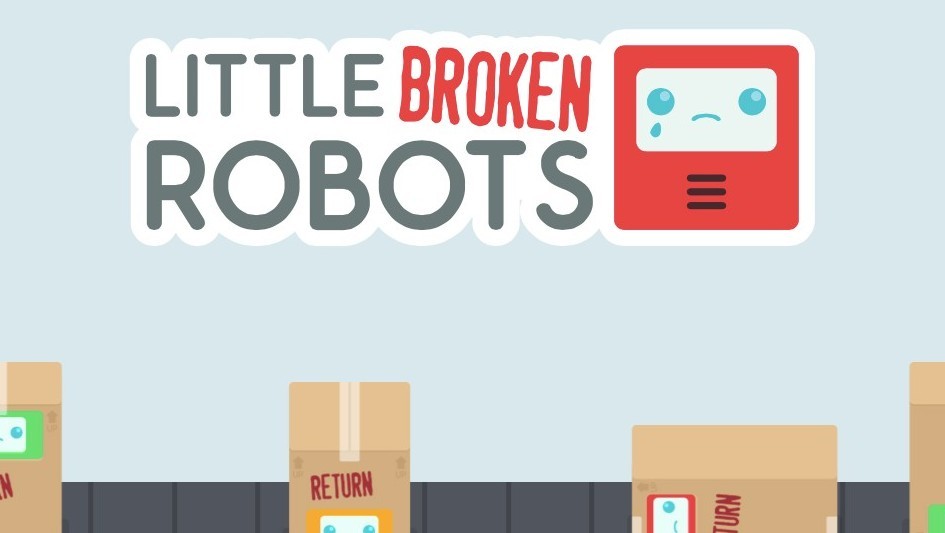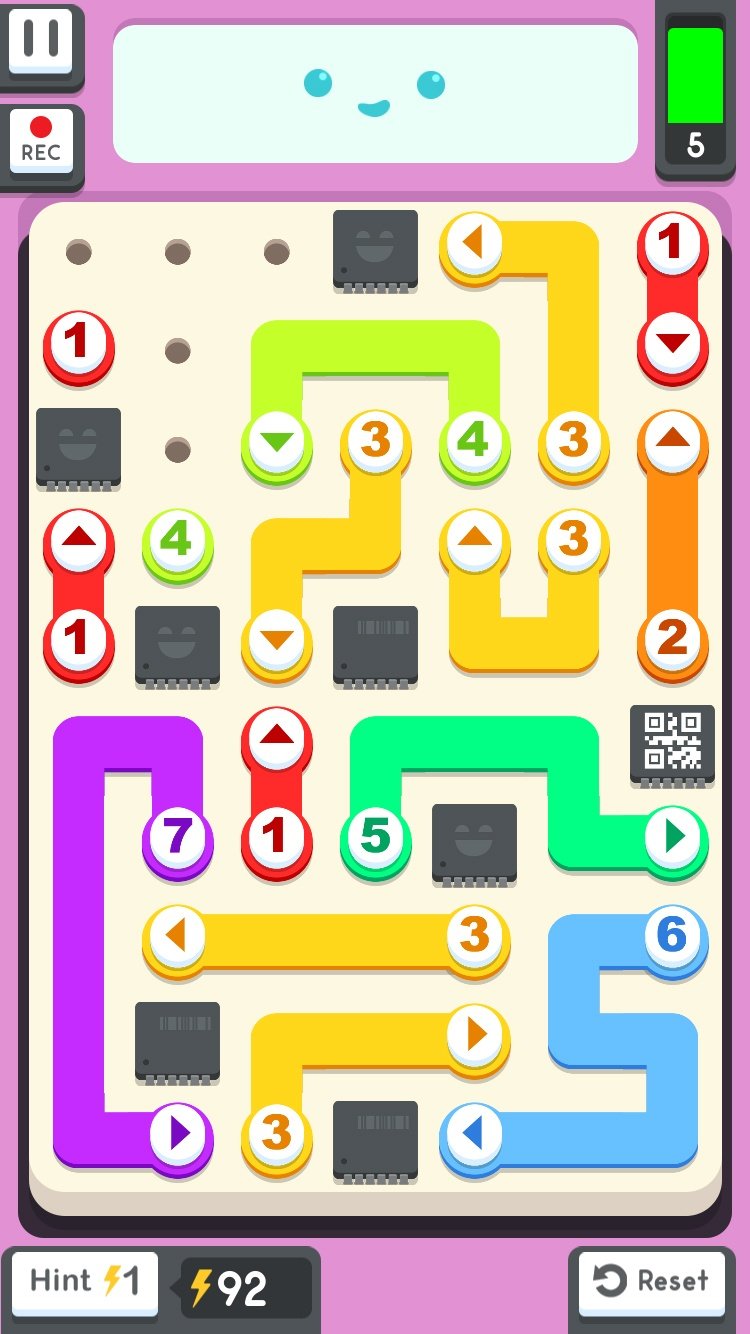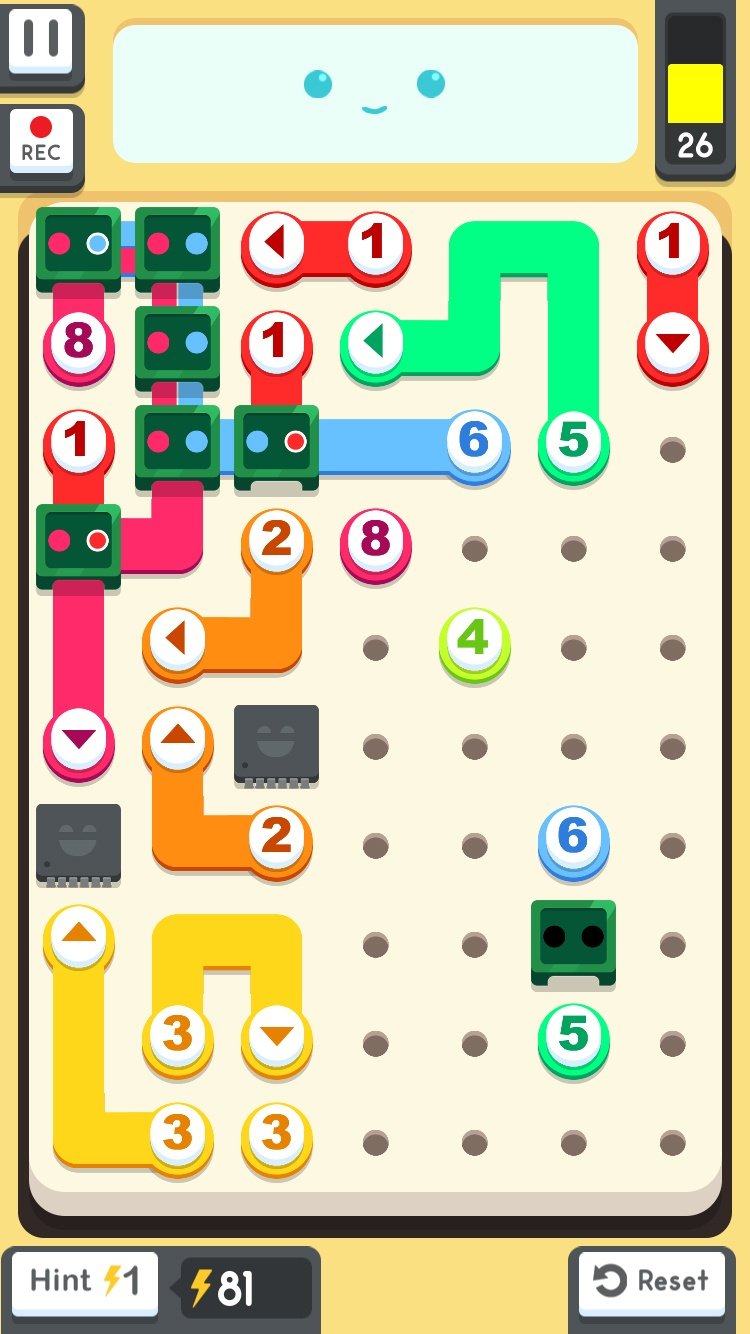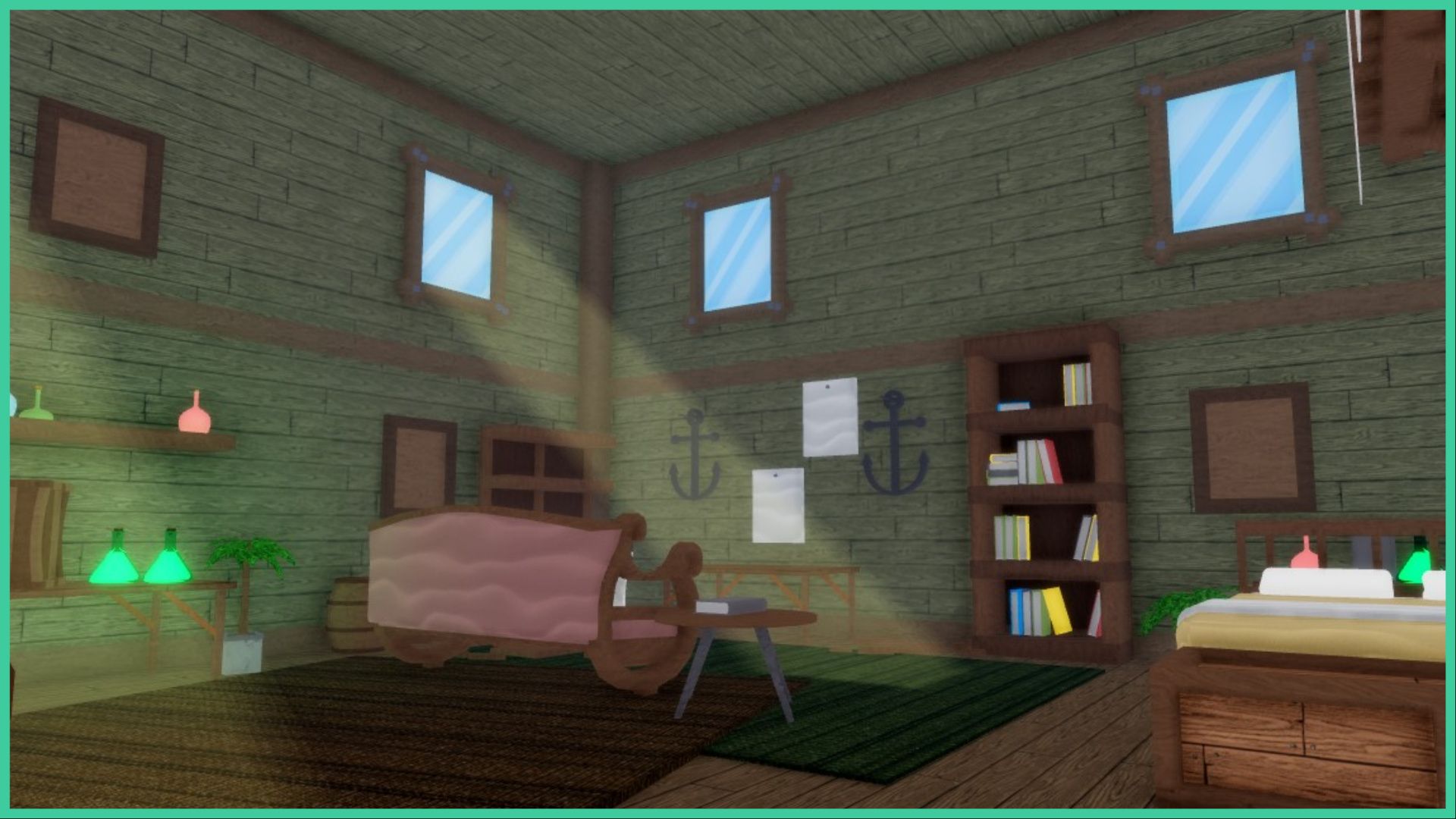- Wondering how to get Monopoly GO! free rolls? Well, you’ve come to the right place. In this guide, we provide you with a bunch of tips and tricks to get some free rolls for the hit new mobile game. We’ll …
All Grades in Type Soul – Each Race Explained
By Adele Wilson
Our All Grades in Type Soul guide lists every grade in the game for all races, including how to increase your grade quickly!Best Roblox Horror Games to Play Right Now – Updated Weekly
By Adele Wilson
Our Best Roblox Horror Games guide features the scariest and most creative experiences to play right now on the platform!All Legacy Piece Races and Buffs – Should You Reroll?
By Adele Wilson
Our Legacy Piece Races guide discusses the buffs that each race provides, their rarities, and if you should reroll or save your spins!
Little Broken Robots Review: Flex Your Capacitor
Makers and tinkerers rejoice, for Little Broken Robots from Dragon Army is a charming puzzler that will fill you with tech-y delight as you repair the most adorable machines ever. An assembly line of diminutive malfunctioning robots is waiting for …

Makers and tinkerers rejoice, for Little Broken Robots from Dragon Army is a charming puzzler that will fill you with tech-y delight as you repair the most adorable machines ever. An assembly line of diminutive malfunctioning robots is waiting for some deft fingers to complete their circuitry and get them back to performing their helpful robot tasks. But worry not, you don’t need any actual knowledge of electronics to repair these machines, and a sharp mind will serve you better than a soldering iron.
Each robot has a circuit board of empty dots that must be connected with circuits you drag along with your finger. The starting point of the circuit denotes the number of dots which must be connected and all the dots on a board must be filled by the bending and winding circuits. Classic mode is satisfying without being too difficult, but there are options for more difficult puzzles if you are a circuit master. Advanced mode includes levels with junctions and obstacles while Timed mode puts the pressure on your speedy skills. A detail I particularly appreciate is that every level offers hints for when you’re stuck. Because hints cost energy, however, I recommend holding off on early hints and saving them for more complicated levels further into the game.

The gameplay is simple, clever, and charming— characteristics which will always earn praise from me. Completing each puzzle is quite satisfying and adds an addictive pleasure to the game. While some puzzles seem daunting at the outset, over time you’ll start to recognize the constraints and patterns of the numbers in relation to the layout. I recommend first looking for and completing the circuits which have only one possible path; many of these appear in corners. You’ll see where first logical moves must go because of placement limitations and then you can build your circuits out from those points.

I did have a few minor issues with the game that are worth mentioning, if only as a warning. First, if you are in the middle of a particularly complex level and quit the game, you cannot save your progress. Not only will your board be wiped out, but you’ll launch an entirely new puzzle when you return to the game; so you can forget about reproducing the progress you made. I was particularly interested in trying different combinations to complete a puzzle, as it seemed there might be different way to succeed, and this lack of saved game history also made that impossible.
The swiping can be a little jumpy which sometimes results in incomplete connections. Though this is irksome, it only really affects the timed levels, so it’s inconsequential most of the time.
https://www.youtube.com/watch?v=wZgcpkRFTTo
The game is gratefully free to play, but it does rely on an energy system which reduces with each robot repaired or hint used. As long as you keep logging in, there is a generous daily reward that will help you keep that energy growing. While the one-handed game play and portrait orientation makes the game good for commuters, the inability to save progress might cause some irritation if a puzzle is particularly difficult.
Overall, the endless levels, the engaging challenges, and the adorable aesthetic all make Little Broken Robots worth the free download for any puzzle fan. Rewire these cute little machines successfully and you too can feel the spark of circuit mastery and the warm glow of robot gratitude.

The good
- Addictive, clever game mechanic
- Adorable aesthetic
- Difficulty level is customizable
- Hints for when you get stuck

The bad
- Finger tracking can be buggy
- No level saving
More articles...
Monopoly GO! Free Rolls – Links For Free Dice
By Glen Fox
Wondering how to get Monopoly GO! free rolls? Well, you’ve come to the right place. In this guide, we provide you with a bunch of tips and tricks to get some free rolls for the hit new mobile game. We’ll …All Grades in Type Soul – Each Race Explained
By Adele Wilson
Our All Grades in Type Soul guide lists every grade in the game for all races, including how to increase your grade quickly!Best Roblox Horror Games to Play Right Now – Updated Weekly
By Adele Wilson
Our Best Roblox Horror Games guide features the scariest and most creative experiences to play right now on the platform!All Legacy Piece Races and Buffs – Should You Reroll?
By Adele Wilson
Our Legacy Piece Races guide discusses the buffs that each race provides, their rarities, and if you should reroll or save your spins!







